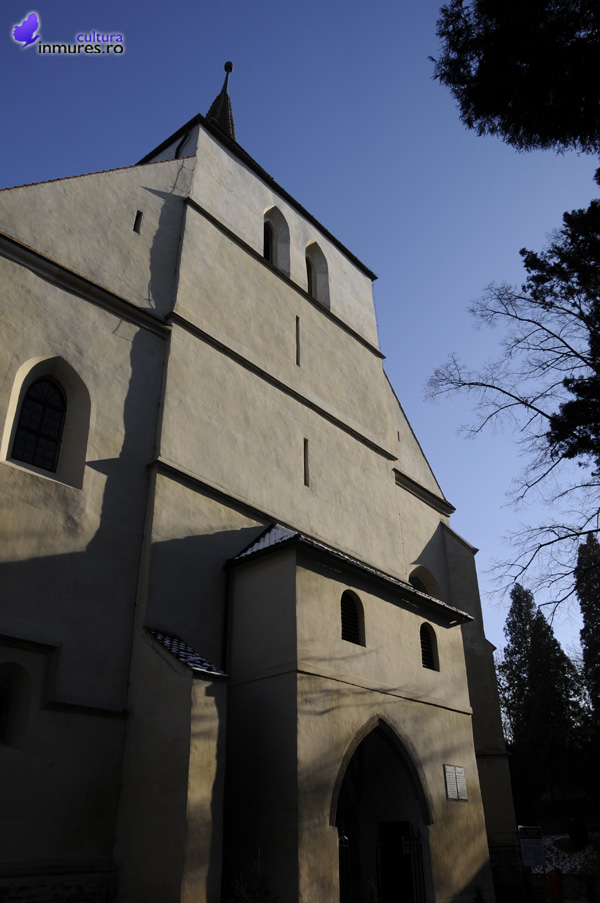
The Church on the Hill
The Church on the Hill, having Saint Nicolas as its patron saint, was built between 1345 and 1525 and is one of the most important architectural monuments of the Citadel of Sighisoara, as well as one of the most representative Gothic churches in Transylvania. The existence of a 13th century Roman crypt underneath the choir of the building is proof of the fact that an older church had existed on the same site. The tombs inside the crypt date from the 16th and 17th centuries. The church is made up of a large hall and a massive tower on its western wing. The asymmetrical shape of the tower is due to the fact that it includes an old stronghold. The first hall church to be built in the Transylvanian area is the one in Sebes, dating from the 16th century. This architectural style was later used at the Saint Michael Church of Cluj and the Black Church in Brasov.
The Gothic elements of the Church on the Hill are the long choir, the net vaults, broken arch windows decorated with fret-sawed stone, the buttresses supporting the exterior walls, the rich profiles and openings of the portal frames. On the outside of the South-Eastern wing of the choir, several sculptures can still be seen, which were probably part of an ampler scene of the wise men worship. Their value is highly increased by the fact that they are among the few stone Gothic sculptures left in Transylvania. The interior walls were decorated with frescos in 1488 by painter Valentin who was also mayor of the city of Sighisoara before 1500. The paintings were covered during repair works in 1776. One of the scenes that remain to this day is a rather large composition on the wall of the Northern nave representing the Judgement Day. It is surprisingly complex, as well as innovative in terms of its means of expression, in accordance with Renaissance trends. The furniture was made by famous artist Johannes Reychmut who lived in Sighisoara during the 16th century and created pieces of furniture in the style of the Renaissance. Another extremely valuable element is the fret-sawed stone tabernacle dating from the 15th century, one of the most beautiful decorative Gothic sculptures in Transylvania. The polyptych altar representing Saint Martin dates from the 16th century and was probably part of another altar of Sighisoara. The painting on the panels is representative of the intermediary phase between Gothic and Renaissance. Large scale restoration works were carried out in 1934, when the mural paintings covered with lime in 1776 were uncovered. Its current appearance is the result of restoration works made between 1991 and 2004 by the Messerschmitt Foundation of Munich. During the latest archaeological digs, in 2001, several tombs dating from the migration era were discovered in the North-Western part of the building.

